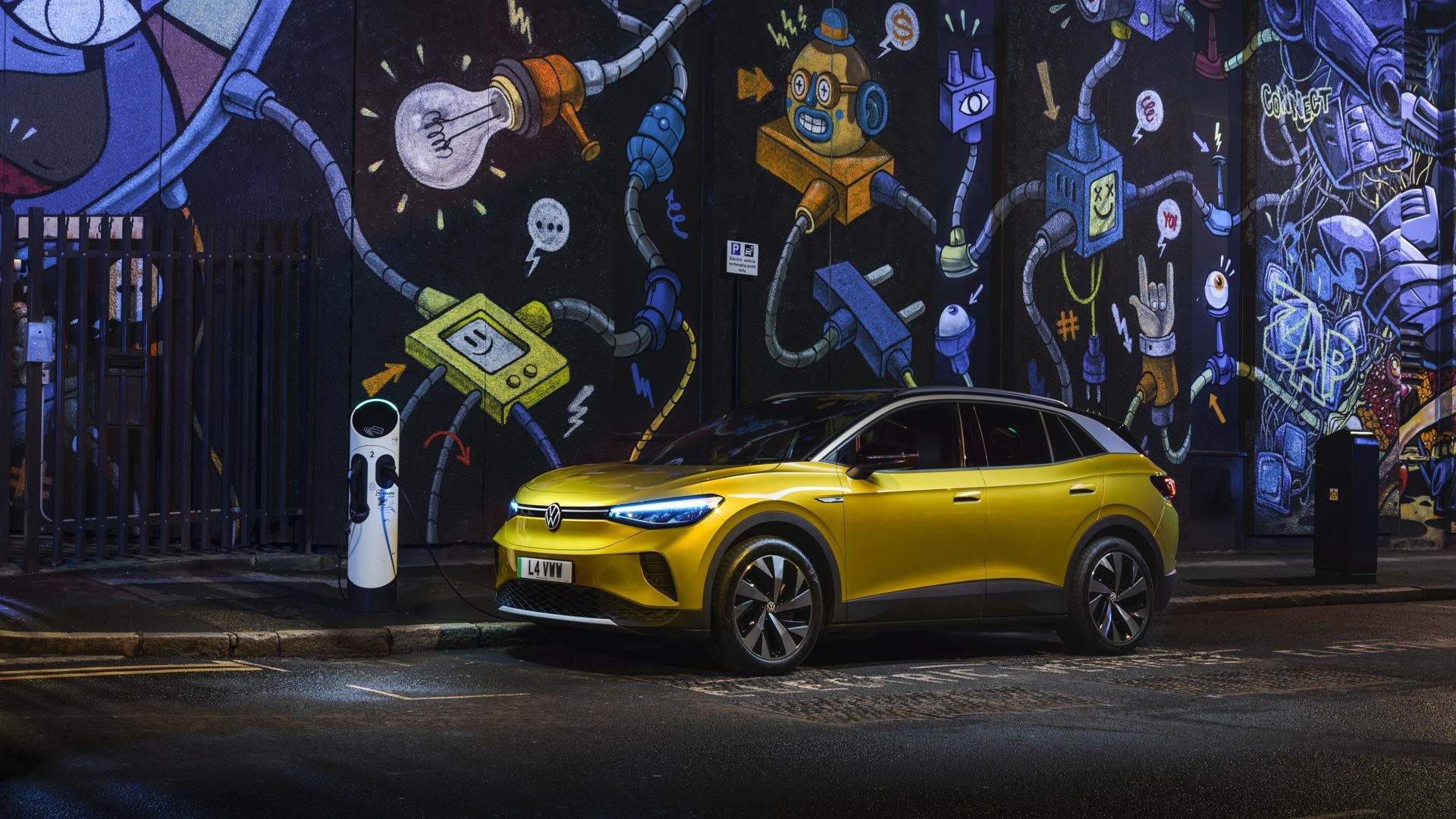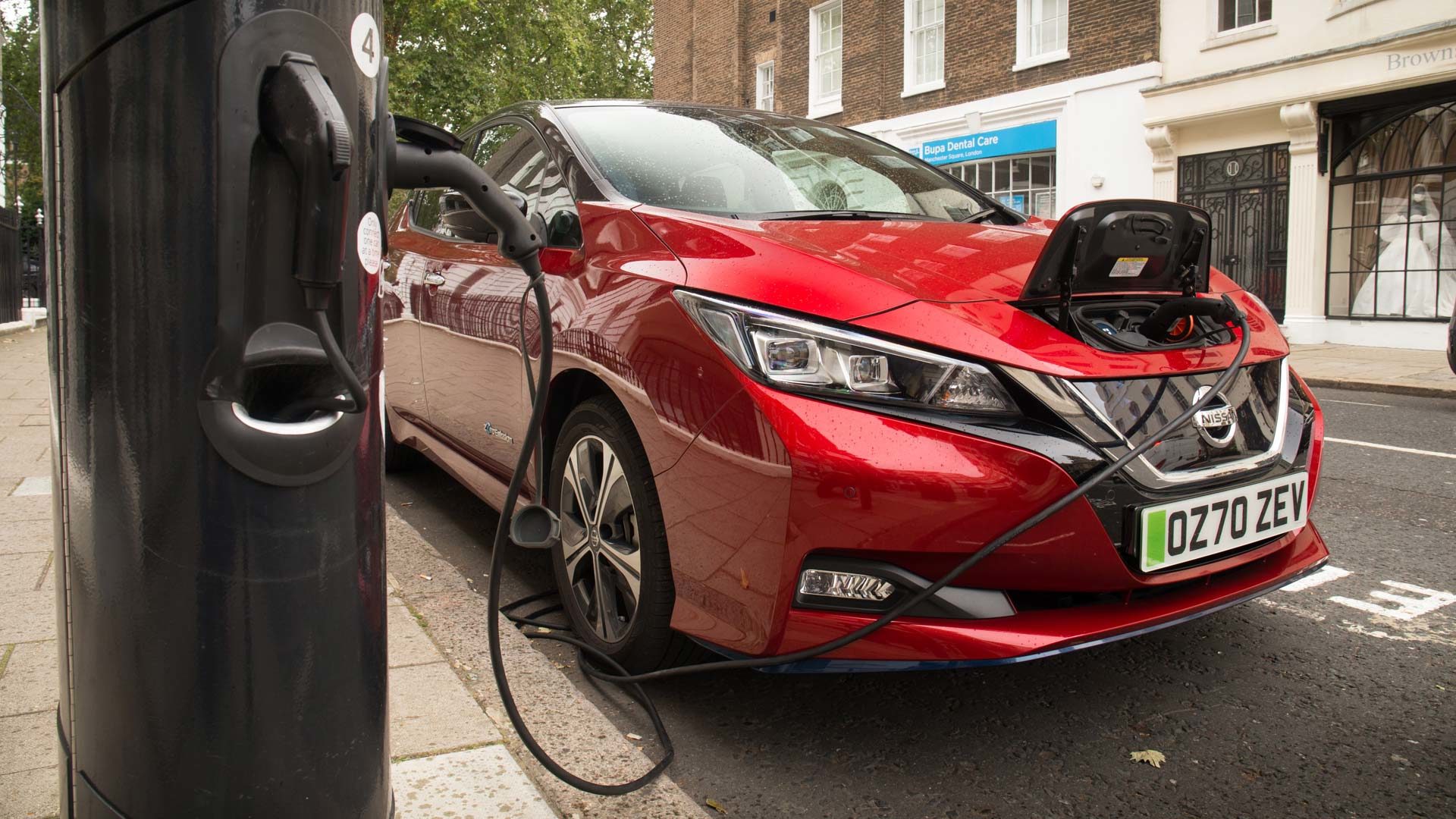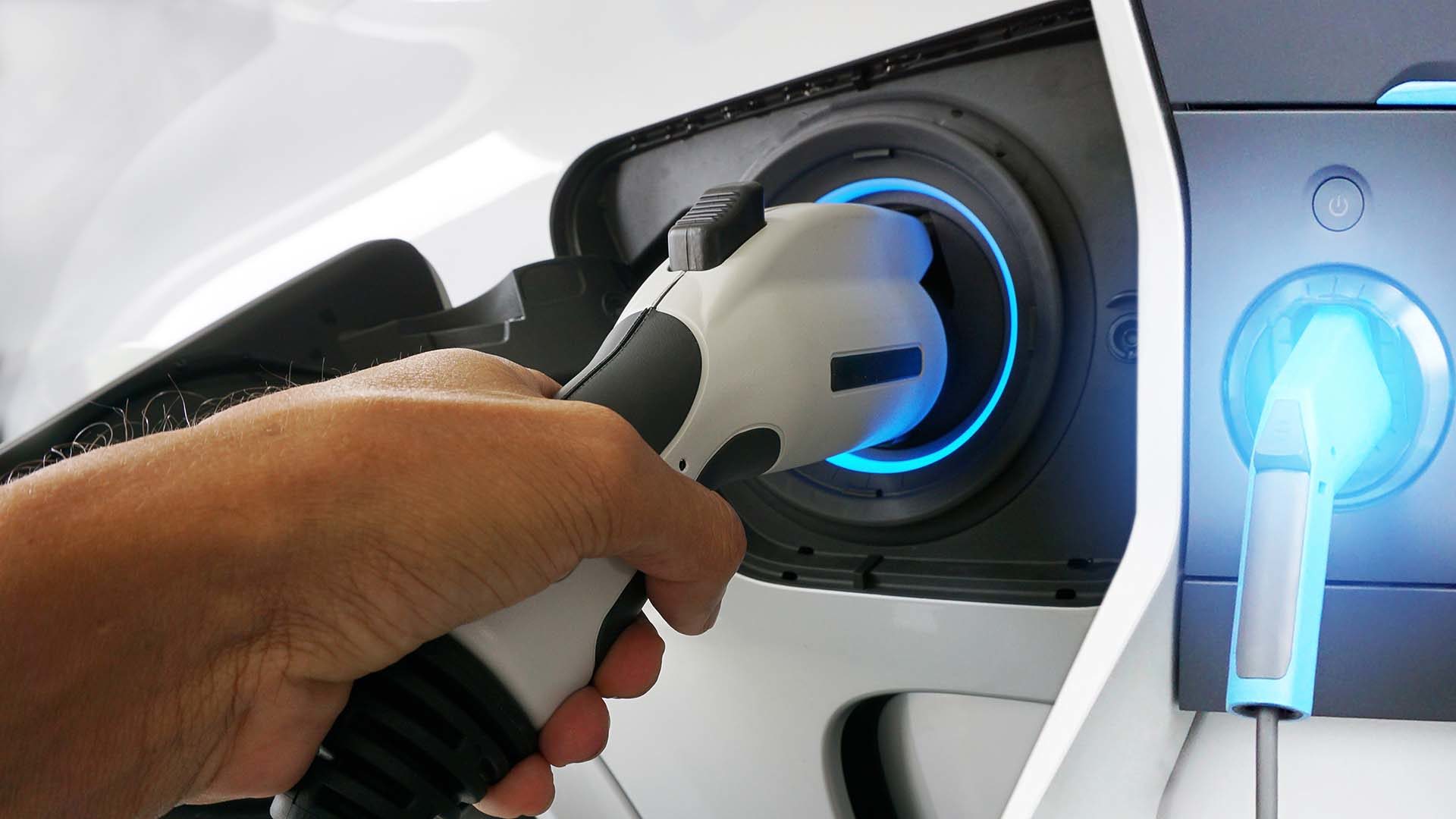
Campaign group FairCharge is demanding action on the higher VAT rates for public electric vehicle charging.
Ahead of the Chancellor’s forthcoming Spring Statement, FairCharge founder Quentin Wilson wants to see tax on public EV charging reduced.
It forms part of FairCharge’s six-point action plan, intended to help more drivers make the switch to EV ownership.
Time for a ‘generational commitment’

At present, VAT on public EV charging stands at 20 percent, compared to the five percent levied on domestic electricity. FairCharge calls this disparity the ‘pavement tax’.
Some 38 percent of UK households lack the ability to charge an electric car at home, increasing to 90 percent of homes in London and Glasgow. As a result, FairCharge highlights that more than a third of the population is forced to pay more VAT by using public chargers.
Quentin Wilson said: “The Chancellor should use the Spring Statement to make a generational commitment to the future of UK electrification to create investment confidence for the industry, increase energy security, and help clean up our urban air. Cutting VAT on public charging is essential.
“The Treasury is disadvantaging drivers by forcing them to pay four times the rate of VAT simply because they don’t have a driveway. These higher costs are also slowing EV adoption.”
Keeping the EV revolution rolling

FairCharge has set out details of its action plan, which places an emphasis on UK Government action to boost EV ownership. The six points are:
- Axing the pavement tax by reducing public charging VAT from 20 percent to five percent
- Publishing a zero-emissions vehicle mandate to create confidence and investment in the UK manufacturing sector
- Delivering chargepoint funding, guidance and standards
- Mirror US and European schemes to help low-income drivers access EVs
- Decouple the wholesale price of electricity from gas to reduce energy bills
- Increase the provision of EV charging signage to help current and future electric car drivers
ALSO READ:
What is an electric car and how do they work?